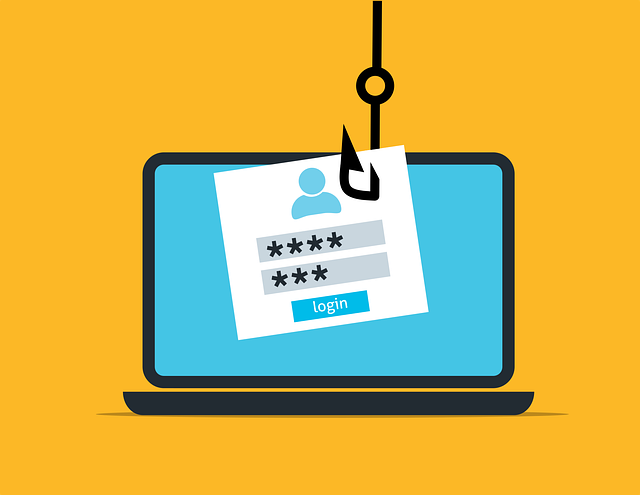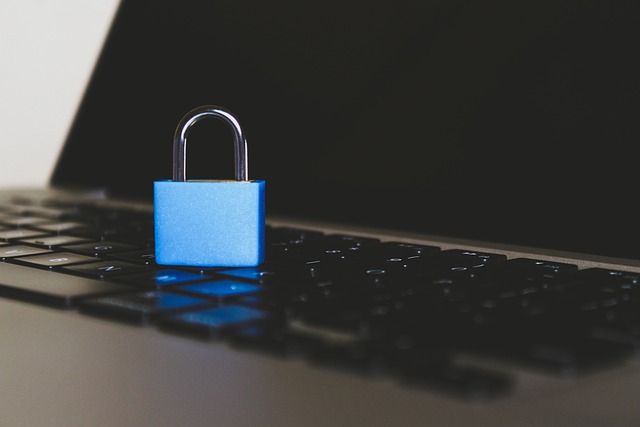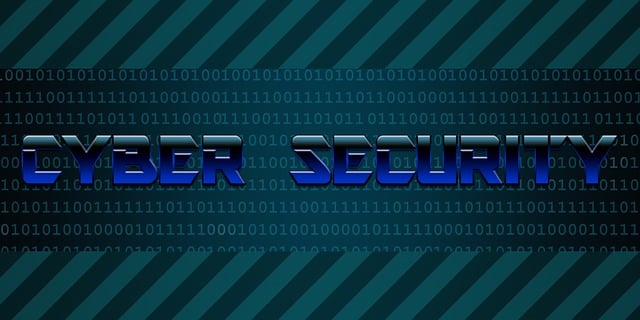In today's digital era, with frequent data breaches and cyberattacks, tech credentials verification is essential for organizations. This rigorous process validates individuals' technological skills, certifications, and backgrounds in cybersecurity, ensuring qualified professionals access sensitive data. By scrutinizing educational qualifications, professional achievements, and work history, organizations prevent the hiring of unqualified or malicious candidates, safeguarding critical infrastructure and data security protocols. Continuous monitoring through advanced tech credentials verification tools, regular audits, policy revisions, and employee training significantly reduces risks of data breaches and unauthorized access.
In today’s digital landscape, safeguarding data is paramount. As our reliance on technology grows, so does the risk posed by cyber threats. One oft-overlooked yet powerful tool in mitigating these risks is tech credentials verification. This article delves into the crucial aspect of ensuring data security through thorough background checks, exploring why it’s essential, its impact on data protection, best practices for implementation, and continuous monitoring strategies to mitigate potential risks associated with technology backgrounds.
- Understanding the Importance of Tech Credentials Verification
- The Role of Background Checks in Data Security
- Implementing Effective Tech Credential Verification Processes
- Mitigating Risks: Best Practices for Continuous Monitoring
Understanding the Importance of Tech Credentials Verification

In today’s digital landscape, where data breaches and cyberattacks are increasingly common, ensuring data security has become a paramount concern for organizations worldwide. One critical aspect often overlooked but crucial to fortifying defenses is tech credentials verification. This process involves rigorously examining and validating the technological skills, certifications, and backgrounds of individuals who will have access to sensitive information or systems.
Tech credentials verification serves as a robust shield against potential vulnerabilities. By cross-referencing educational qualifications, professional certifications, and work history, organizations can identify individuals with proven expertise and a solid track record in cybersecurity. This due diligence helps prevent the hiring of individuals lacking the necessary skills or those with hidden malicious intent. Moreover, it ensures that only tech-savvy professionals with a deep understanding of data security protocols gain access to critical infrastructure, thereby safeguarding valuable assets and sensitive data from potential threats.
The Role of Background Checks in Data Security

In today’s digital landscape, where data is a valuable asset, ensuring its security through robust measures is paramount. Tech background checks play a pivotal role in this endeavor by facilitating comprehensive verification of an individual’s tech credentials. This process involves scrutinizing their educational qualifications, certifications, and work history related to technology, offering a clear picture of their expertise and reliability.
By implementing rigorous background checks, organizations can mitigate risks associated with unauthorized access to sensitive data. It helps prevent insider threats and ensures that only individuals with the necessary skills and integrity are granted access to critical systems and information. This layer of security acts as a robust defense mechanism against cyberattacks, data breaches, and other malicious activities, fostering a safer digital environment.
Implementing Effective Tech Credential Verification Processes

Implementing robust tech credential verification processes is a cornerstone in safeguarding sensitive data. In today’s digital landscape, where cyber threats are ever-evolving, organizations must go beyond basic background checks to ensure the integrity and security of their systems. Effective tech credentials verification involves rigorous screening of technical expertise, skills, and certifications to mitigate risks associated with insider threats and unauthorized access.
This process should encompass comprehensive verification of digital identities, examining the validity of certificates, licenses, and qualifications. By integrating advanced authentication methods like multi-factor authentication (MFA) and biometric identification, organizations can fortify their defenses against malicious actors who might attempt to exploit vulnerabilities in their tech infrastructure. Regular updates to these verification protocols are essential to keep pace with emerging technologies and evolving security standards.
Mitigating Risks: Best Practices for Continuous Monitoring

In today’s digital landscape, where data breaches can have devastating consequences, continuous monitoring is a best practice that organizations cannot afford to overlook. Mitigating risks through tech credentials verification plays a pivotal role in securing sensitive information. By regularly verifying and updating employee tech access permissions, companies can ensure that only authorized personnel have the necessary tools to handle critical data. This proactive approach helps identify potential vulnerabilities before they are exploited, significantly reducing the risk of data breaches and unauthorized access.
Continuous monitoring involves implementing robust security measures that adapt to evolving cyber threats. It requires regular audits, up-to-date policy revisions, and the integration of advanced tech credentials verification tools. These practices foster a dynamic security environment where access permissions align with current business needs, ensuring that data remains secure even as operations change. Organizations should also encourage employees to maintain strong cybersecurity habits, such as using unique passwords and enabling two-factor authentication, to further strengthen their defensive posture.






